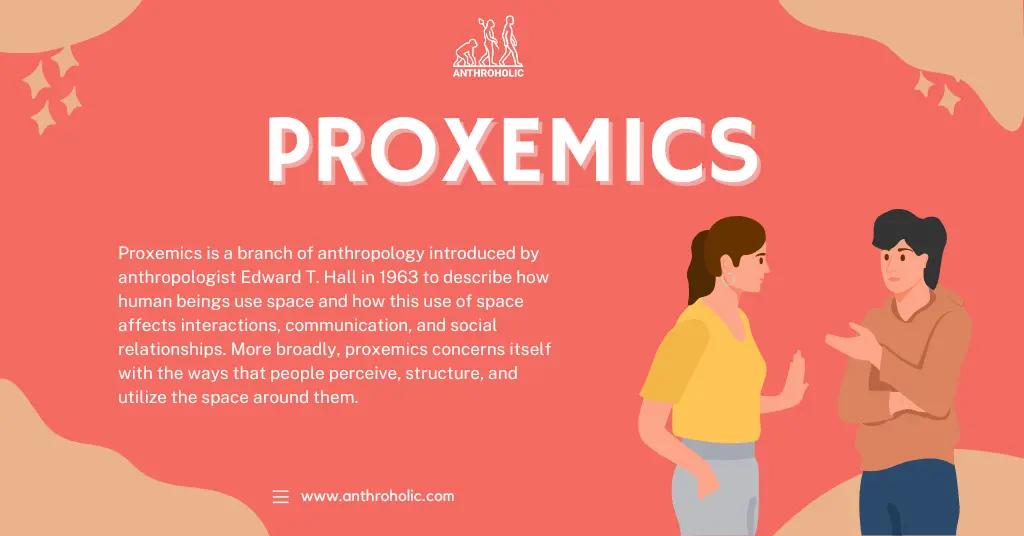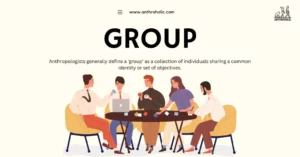AI Answer Evaluation Platform Live Now. Try Free Answer Evaluation Now
Proxemics
Proxemics is a branch of anthropology introduced by anthropologist Edward T. Hall in 1963 to describe how human beings use space and how this use of space affects interactions, communication, and social relationships [1]. More broadly, proxemics concerns itself with the ways that people perceive, structure, and utilize the space around them.

Personal Space and Its Variants
Hall’s theory of proxemics identified four types of space which people use in daily life. These spaces reflect different kinds of relationships and degrees of intimacy.
- Intimate space is the closest space around a person, usually involving touch or whisper-level conversation, from touching to up to 18 inches away.
- Personal space ranges from 1.5 to 4 feet, typically used for interactions among close friends and family members.
- Social space, extending from 4 to 12 feet, is utilized in less intimate social interactions such as among acquaintances or in group discussions.
- Public space, which is beyond 12 feet, is used in situations like public speaking or interactions among strangers [2].
| Space Type | Distance | Typical Usage |
|---|---|---|
| Intimate Space | 0-18 inches | Close relationships |
| Personal Space | 1.5-4 feet | Family and friends |
| Social Space | 4-12 feet | Acquaintances |
| Public Space | >12 feet | Public speaking, strangers |
Cross-Cultural Proxemics
Proxemics is not universal. What might be comfortable or appropriate in one culture may be discomforting or even considered rude in another. People from Latin American and Middle Eastern countries, for instance, may stand closer than those from Western countries like the United States, where people generally prefer more personal space [3].
Impact of Gender and Age
Proxemics also varies based on gender and age. For instance, women generally engage in closer distances during interactions than men, while children require less personal space than adults [4].
Proxemics and Nonverbal Communication
Proxemics is an integral part of nonverbal communication. The space that people maintain during interpersonal communication can send powerful messages. For example, standing too close can imply aggression, while standing too far away can suggest disinterest.
Proxemics in Architecture and Urban Planning
Proxemics principles have also found applications in architecture and urban planning. Understanding how people use and feel about space can help architects design buildings and public spaces that meet people’s needs and promote comfort and efficiency.
Digital Proxemics
With the rise of digital technologies, the study of proxemics has extended to the virtual space. Digital proxemics explores how individuals manage their personal and social spaces online and how these digital interactions affect offline behaviors.
Conclusion
Proxemics, with its detailed exploration of our spatial behavior, allows us to better understand ourselves and our interactions. As our world becomes increasingly digital and our understanding of space evolves, so too will the field of proxemics, continually broadening our understanding of human relationships.
References
[1] Hall, E. T. (1966). The Hidden Dimension. New York: Doubleday.
[2] Sommer, R. (1969). Personal Space: The Behavioral Basis of Design. Prentice-Hall.
[3] Watson, O. M. (1970). Proxemic Behavior: A Cross-Cultural Study. Mouton.
[4] Evans, G. W., & Wener, R. E. (2007). Crowding and personal space invasion on the train: Please don’t make me sit in the middle. Journal of Environmental Psychology, 27(1), 90-94.




